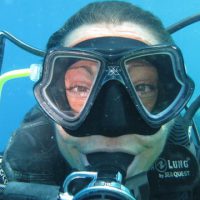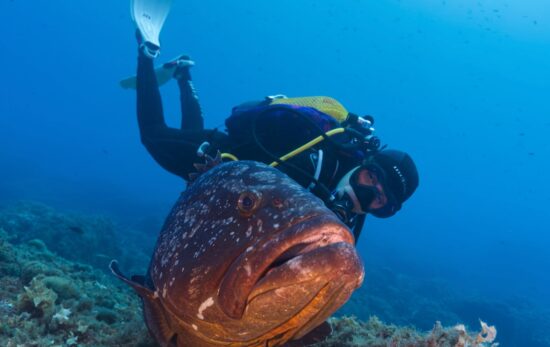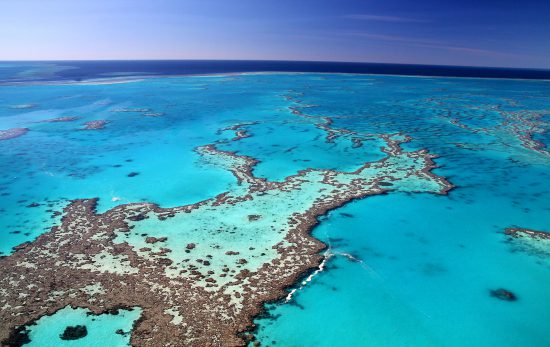Are you starting to plan your summer dive trip in Australia? If you are thinking about heading to Western Australia then these dive areas and dive sites need to be on your bucket list!
Not yet a diver? Take the PADI Open Water Diver course on your trip and you’ll be able to explore these sites too.
Navy Pier, Exmouth
If you Google the best dive sites in the world, chances are you’ll come across the Navy Pier in Exmouth. This shallow shore diving site is one of the most famous sites in the world and it certainly delivers underwater. The 300 metre / 984 feet long Navy Pier was built in the 1960s by the US military and underneath it’s bursting with colour and home to around 200 species of marine life. Highlights here include a multitude of nudibranchs’, sharks, morays, sea snakes, octopus and groupers. If you are an underwater photographer this site is a must!
Note: If you plan to dive the Navy Pier, you will need to make a booking in advance.
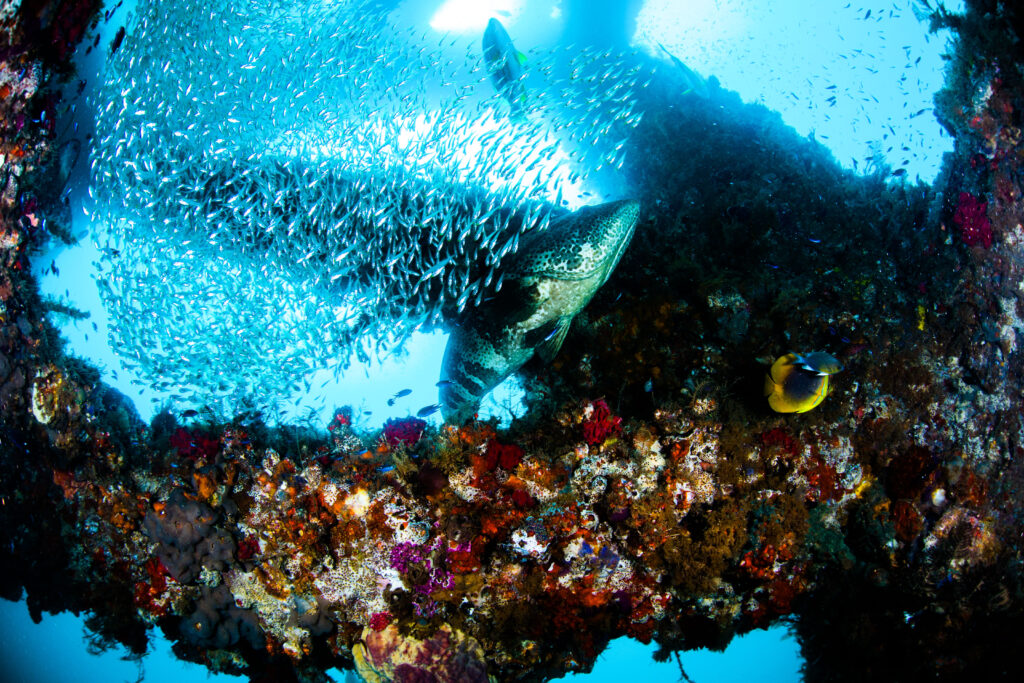
HMAS Swan
The HMAS Swan can be dived from Dunsborough or Busselton and it’s one of the largest accessible dive wrecks in Australia. Scuttled in 1997 this naval destroyer measures 113metres / 370 feet in length. For wreck divers, the HMAS Swan offers some fantastic penetration opportunities and a host of marine life species. Look out for puffers, wobbegong (carpet) sharks, batfish and sting rays.
Shark Cave, Rottnest Island
Rottnest Island (also known as ‘Rotto’) is located just off the coast of Perth and is home to endangered Grey Nurse sharks. At Shark Cave you can see up to 15 or more sharks on a dive where they congregate at around 24 meters / 78 feet to the west end of Rottnest Island. Sharks are not the only highlight here, the reef itself is stunning with lots of swim throughs and caves to explore.
When diving around Rottnest Island you can also expect to see barracudas, buffalo bream, grouper, snapper, wobbegongs, and occasional leafy sea dragons. Seasonal highlights include humpback whales in spring and October is the best time to see little penguins.
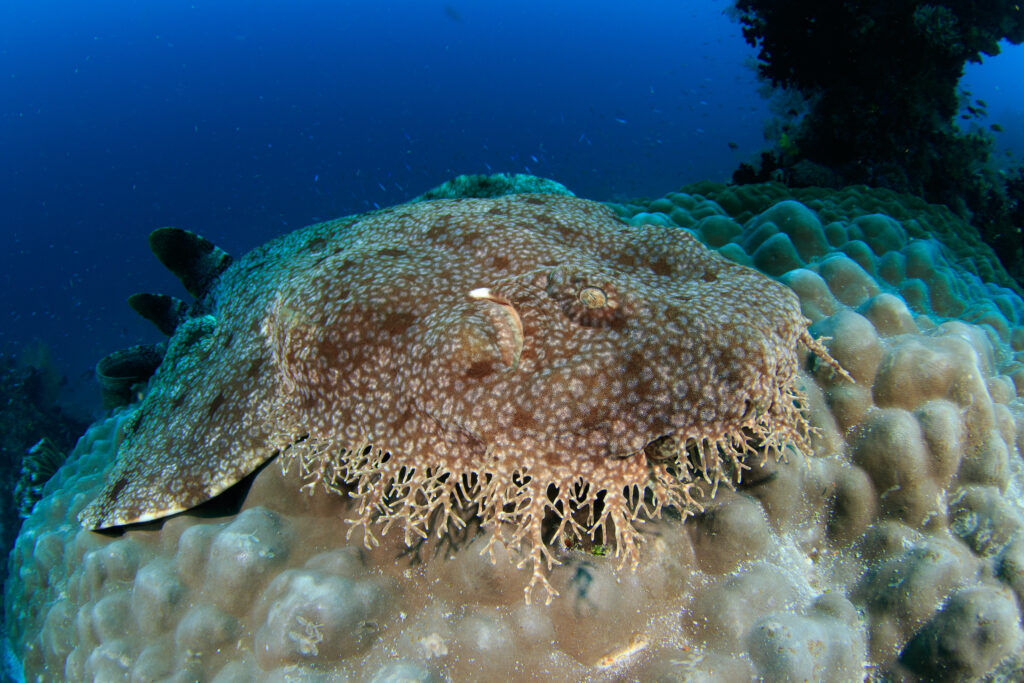
The Lena, Bunbury
The Lena is an excellent wreck for all levels of diver. It sits on the sea floor between 18-20 metres / 60-65 feet and is beautifully adorned in soft corals. The Lena attracts a wealth of marine life including schools of bait fish and small skippy.
The Lena has an interesting history beginning in 2002 when it was detected fishing illegally for Patagonian toothfish south of Albany. Over the next few weeks the Lena was chased and finally apprehended by HMAS Canberra and eventually towed to Fremantle where the crew were charged for illegal fishing activities. The Lena was prepared for scuttling as a dive wreck, and after several delays, the vessel eventually came to rest on the sandy sea floor in December 2003.
The Lena features wide open internal spaces and carefully planned entry and exit holes. The engine room is accessible and both the main engine and generators are intact. The propeller has also been left in place and is a popular photography subject for divers with a myriad of fish around the stern.
Busselton Jetty, Busselton
Busselton Jetty is the longest jetty in the Southern Hemisphere measuring over 1.8 kilometers/1.11 miles. The jetty is not only famous for its length, it’s also well known for the incredible array of marine life that can be found beneath and around it. The jetty pylons are covered in beautiful soft coral and cuttlefish, rays, pufferfish, crocodile fish and occasional Port Jackson sharks. It’s best to dive the jetty during the summer as during the winter months, visibility can be significantly reduced.
Note: You don’t need to worry about walking the length of the jetty while kitted up, trolleys are available as well as a train.

Key Biscayne, Lancelin
This is an unusual wreck as it’s actually an oil rig as opposed to a ship. It was on its way from being towed by supporting vessels from Darwin to Fremantle when they came across problems and now it lays in 42 metres / 138 feet. For deep divers and technical divers, this offers an exciting opportunity to explore something that’s quite unique in Western Australia.
HMAS Perth, Albany
The HMAS Perth was scuttled in 2001 and sits on the ocean floor at 36 metres / 118 feet. This 133 metre / 436 feet long wreck was carefully prepared prior to sinking and there are excellent penetration opportunities for certified wreck divers. Marine life highlights include western blue devils, kingfish, wobbegongs, batfish, blenny and large schools of yellow tails.
Note: If you feel the cold and are not used to diving in Perth waters, a minimum of a 5mm wetsuit plus hood is recommended.
Asho’s Gap, Coral Bay
Asho’s Gap boasts impressive corals and abundant marine life but there’s another reason for diving here – a rare shark cleaning station. Grey reef sharks circle a huge brain coral and take it in turn to have their teeth cleaned by the small cleaner wrasse that occupy the area. Watching this behaviour is a rare opportunity for divers and this is the perfect site to witness it in Western Australia.

So are you ready to get your wetsuit on and dive into Western Australia? Find a PADI dive shop and check out our Western Australia dive guide.
